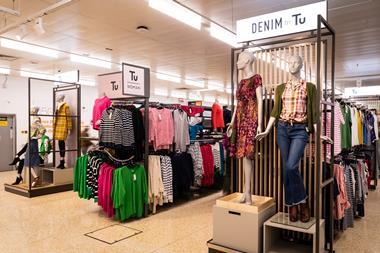Retailers will be eagerly awaiting vital information from the latest iteration of the 2001 census, which they can use to plan store locations.
The latest results from National Statistics (NS) provide detailed regional data, segmented to catchment areas of only 125 households, termed 'output area level', and is free for the first time.
The level of sophistication in the data has been improved since the previous census in 1991. National Statistics has taken much more care to segment different social groups within each location.
The data was released by National Statistics last week, but retailers that do not have their own dedicated data analysis team will have to wait a month before the information is processed for them by census agencies.
These agencies expect a significant rise in take-up of this information by retailers, because of the huge cost saving by using census data.
According to Steven Halsall of census agency GeoBusiness Solutions, a big retailer - typically needing a 20 to 30-user licence - could make savings of about£65,000.
'With published data at output area level, retailers can link it to some sort of definition of their catchments and then produce the demographic reports they need to plan new store locations and estimate the likely markets for goods and services,' he said.
The 2001 census is the most detailed version so far, because gaps in the data have been filled by data-modelling techniques. National Statistics has estimated some details about households that have not returned properly filled-out forms, based on data they have about other households in the area.
'The 1991 census was heavily criticised for the so called 'missing million' people. Over the past five or six years, National Statistics has had to adopt ways of filling those gaps,' said Halsall.
Halsall also predicts that retailers will see a proliferation of new systems and services being marketed by census agencies, such as Acorn and Mosaic, as a result of the raw data being freely available. Retailers can define their own segments.
























No comments yet